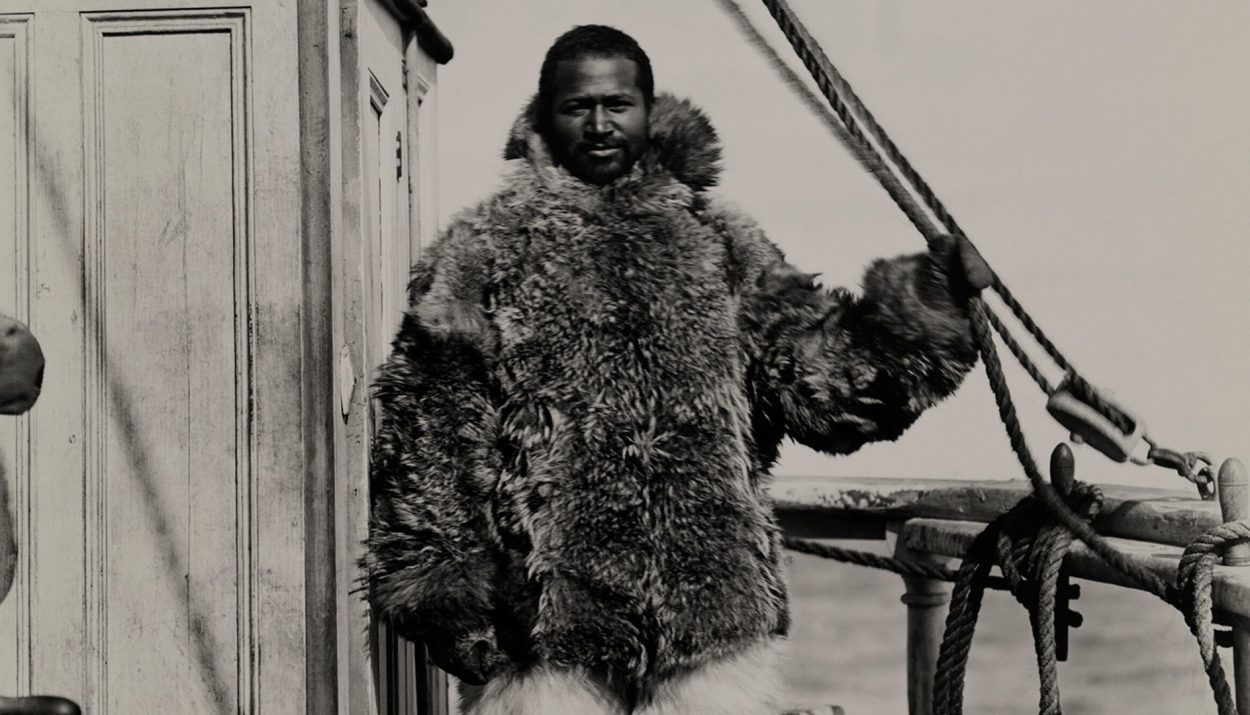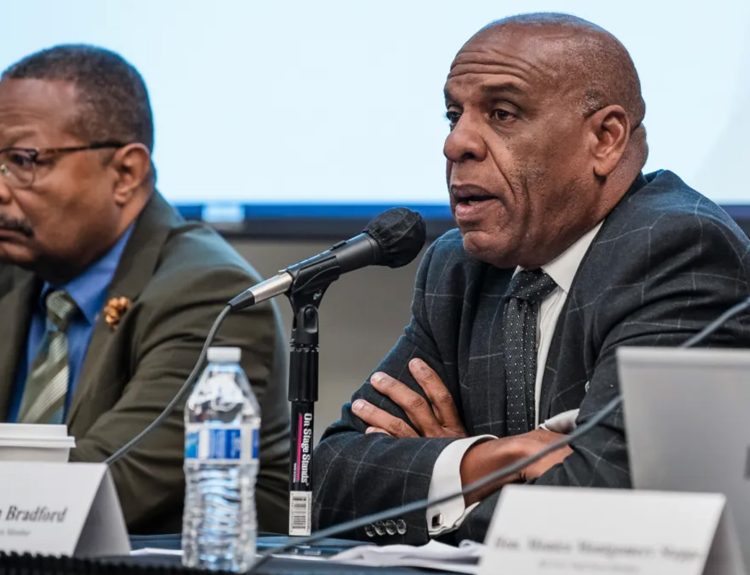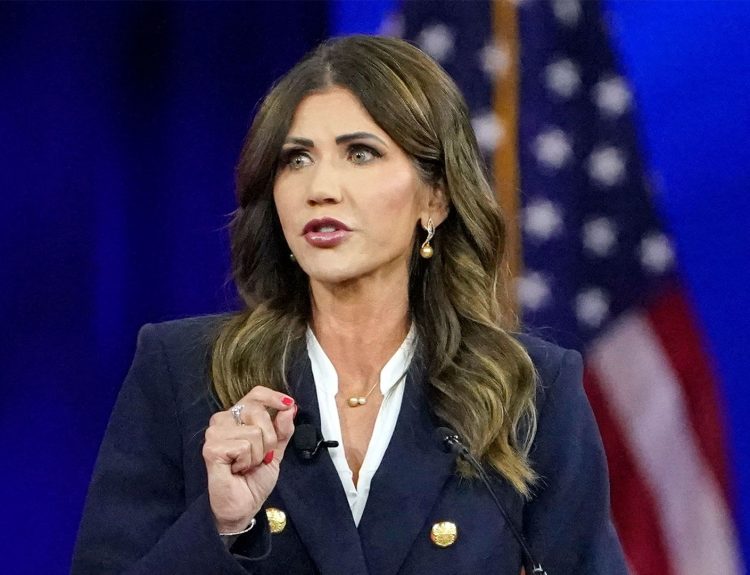Too often, Black History Month focuses more on the notable achievements of well-known African Americans, like Rosa Parks, George Washington Carver, and Jackie Robinson, and neglects the lesser known, but no less remarkable, stories of others.
In this collection of images, we will share the incredible histories of 8 African American heroes whose names may not be as familiar to you as they should. From these inspiring individuals – who overcame adversity to achieve greatness – you will surely find your new role models.
1. Alice Coachman
We all know that Simone Biles is the greatest Olympian in history, but she owes a debt of gratitude to Alice Coachman. Because of the color of her skin, Coachman couldn’t train at official athletic facilities in the 1930s and 1940s. Undaunted, she developed her own training regime, which involved running barefoot and jumping over ropes tied between trees.
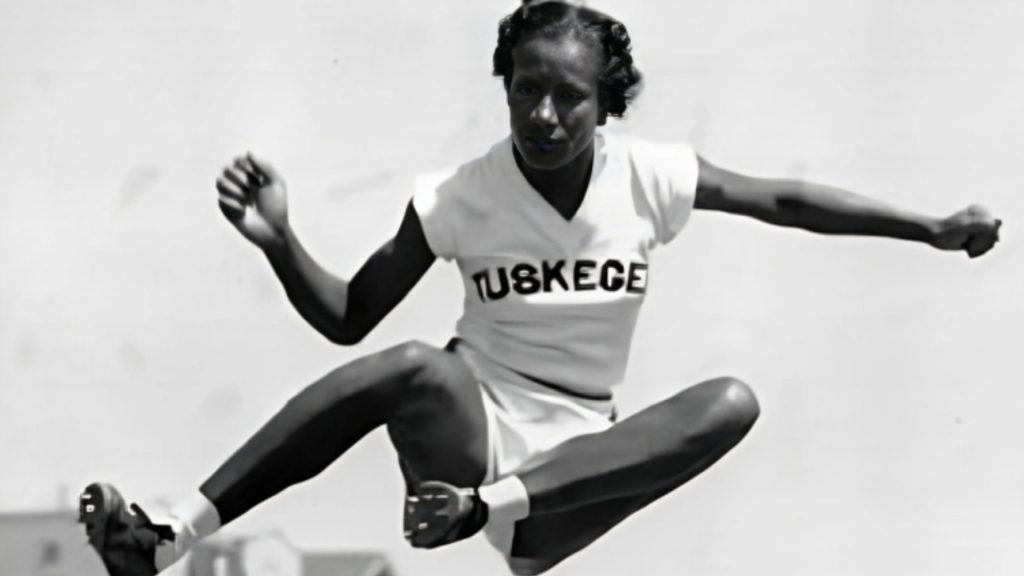
Ahead of the 1948 Olympic Games, which were held in London, Coachman qualified for the women’s high jump team. She dominated her sport and proudly accepted her Olympic gold medal from King George VI. Coachman was the only female athlete representing the United States to win a gold medal at the 1948 Summer Olympics … and she was the first black woman from any country to earn Olympic gold.
2. Bayard Rustin
Some of the pivotal events of the Civil Rights Era, including the 1947 Freedom Rides and 1963 March on Washington, changed the course of American history. Did you know that these events, and others, were organized by Bayard Rustin, Dr. Martin Luther King, Jr.’s trusted advisor and behind-the-scenes guy?
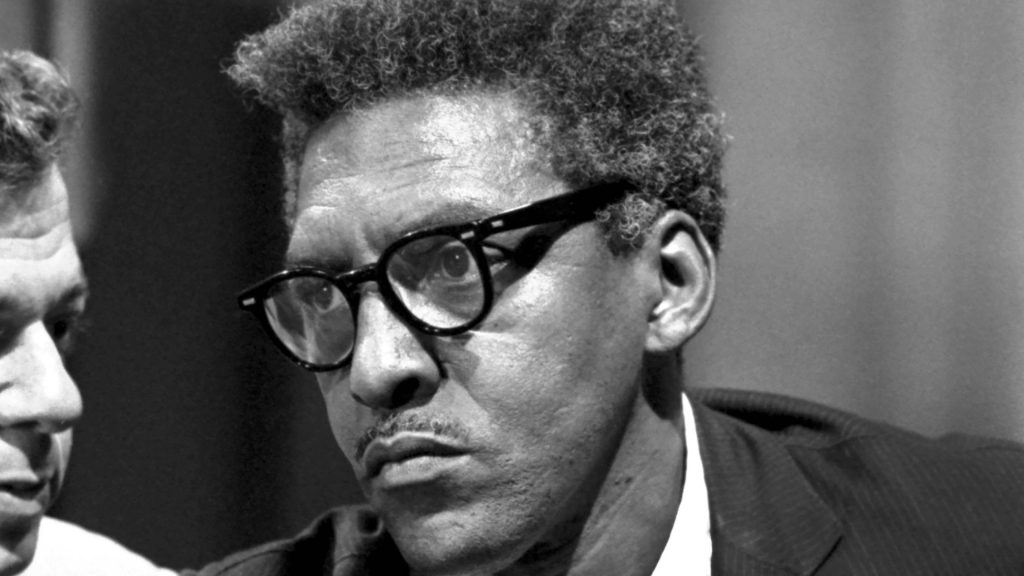
A social activist, Rustin advocated for nonviolent resistance as a viable form of political protest. He worked closely with notable Civil Rights leaders, like W.E.B. DuBois, Rosa Parks, and Dr. King, to advance the cause of equality for all.
3. Jane Bolin
The first African American woman to graduate from Yale’s Law School, Jane Bolin was sworn in as the first Black female judge in the United States in 1939. For more than forty years, she served the Family Court of New York, where she oversaw domestic violence and child abuse cases.
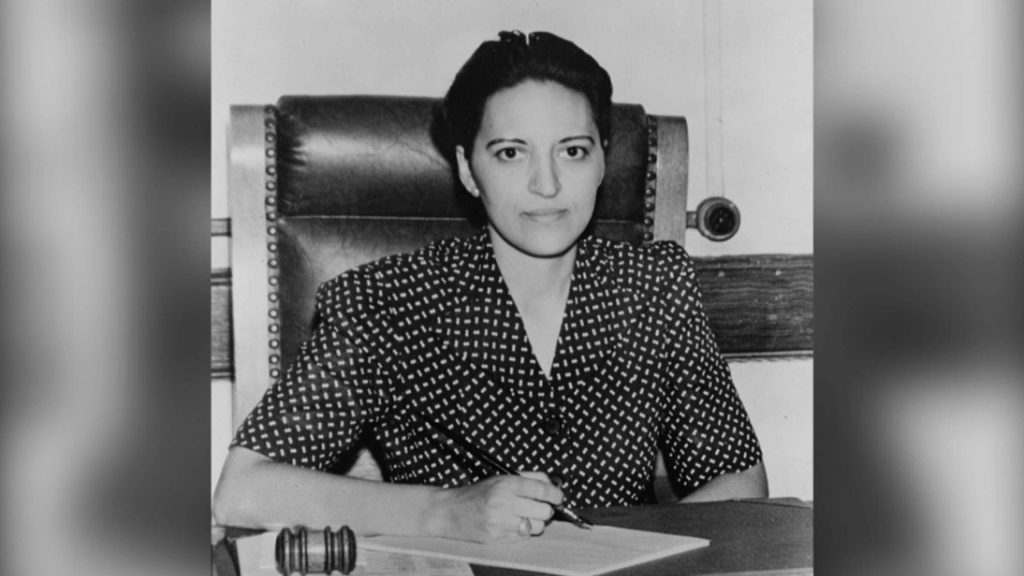
Because of Bolin’s efforts, the city’s probation officers were no longer limited to only being assigned cases that match their skin color. Bolin also worked closely with First Lady Eleanor Roosevelt to develop programs and pathways to curtail criminal activity among young boys.
4. Gordon Parks
Looking back on his fascinating life, Gordon Parks once said, “I saw that the camera could be a weapon against poverty, against racism, against all sorts of social wrongs.” In the 1960s, Parks used his photography skills to document the Civil Rights Movement. He even photographed some of the leaders of the Civil Rights Movement, including Malcolm X.

When Parks released The Learning Tree in 1969 – an autobiographical coming-of-age story about growing up Black in rural Kansas – he became the first African American to direct a major Hollywood movie. It wouldn’t be his last. He also directed the 1971 smash action flick, Shaft, the first movie in which a Black police detective served justice on white criminals.
5. Eunice Hunton Carter
As one of New York’s first African American lawyers, as well as one of the United States’ first African American prosecutors, Eunice Hunton Carter was a force to be reckoned with. She served on committees for the Pan-African Congress and the United Nations in which she advocated for the rights of women worldwide.
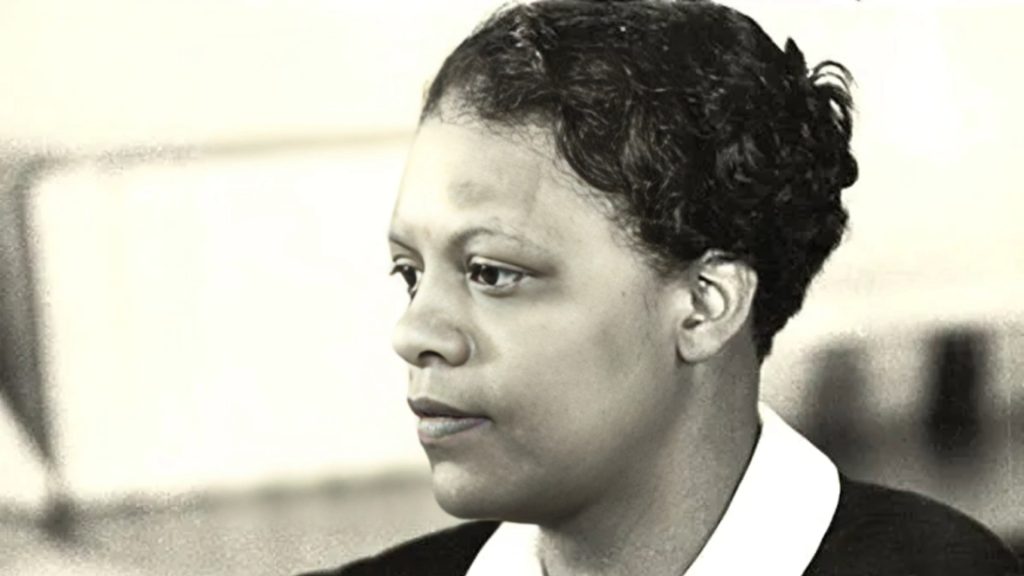
As a New York prosecutor, Carter oversaw an extensive investigation into prostitution and racketeering in the city. The fruits of this investigation allowed her to build a case against one of the country’s most powerful and notorious mobsters, Charles “Lucky” Luciano. After Carter was done with him, Luciano’s luck had run out.
6. Matthew Henson
His years as a cabin boy helped Matthew Henson learn the ins and outs of sailing and navigating. Commander Robert Peary tapped Henson to join him on his many Arctic explorations. In fact, Henson spent a total of about 18 years on voyages and expeditions with Peary.
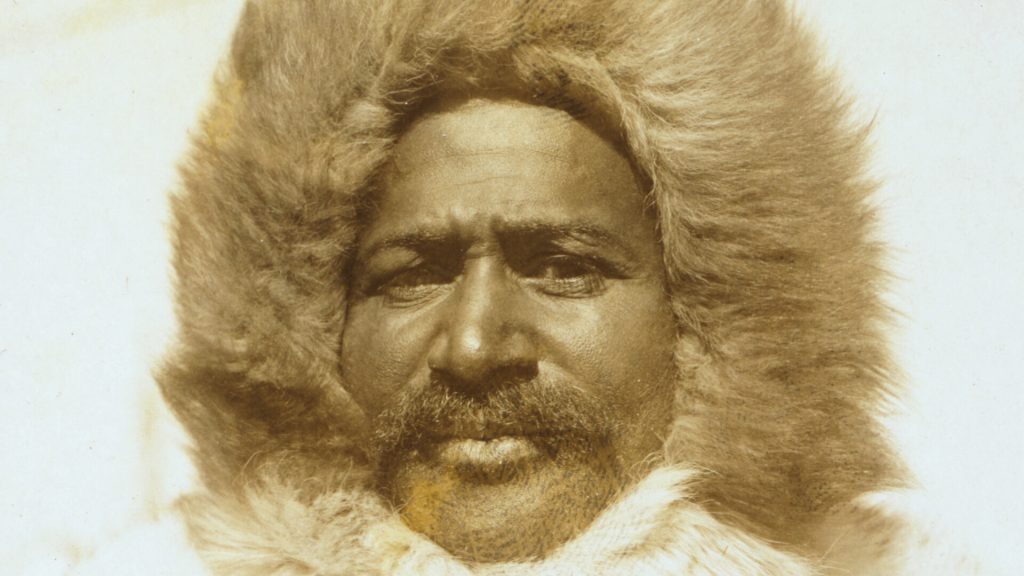
On one of those expeditions, which took place on April 6, 1909, Peary, Henson, and their crew became the first people to reach the North Pole. According to Henson, he went ahead of the others, making him the first of their group to arrive at the North Pole. When the others caught up to him, Henson was the person who planted the American flag at the North Pole.
7. Dr. Rebecca Lee Crumpler
The first African American woman to become a physician, Dr. Rebecca Lee Crumpler was already a groundbreaker, but she wasn’t about to stop. In 1883, Dr. Crumpler published a book, A Book of Medical Discourses in Two Parts. This is the first medical book to be authored by an African American man or woman.
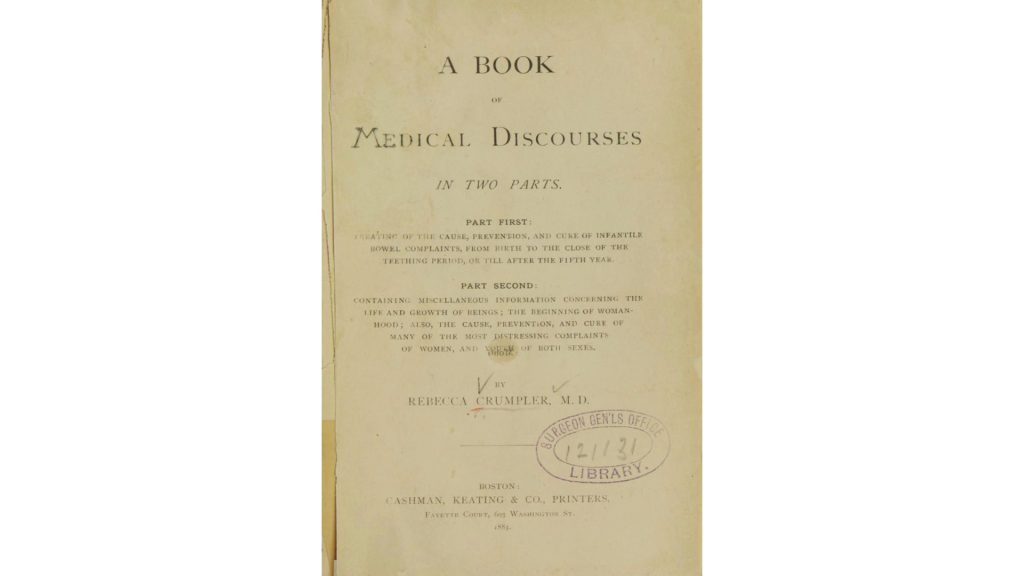
Dr. Crumpler opened a private practice in Boston and, later, in Virginia. Upon the conclusion of the American Civil War, she dedicated her skills to treating freed slaves.
8. Robert Smalls
Robert Smalls was a member of the U.S. House of Representatives in the years following the Civil War, but it was his daring exploits during the war that make him a hero in our book. In May 1862, Smalls was barely 20 years old, a slave, and an experienced boat pilot.
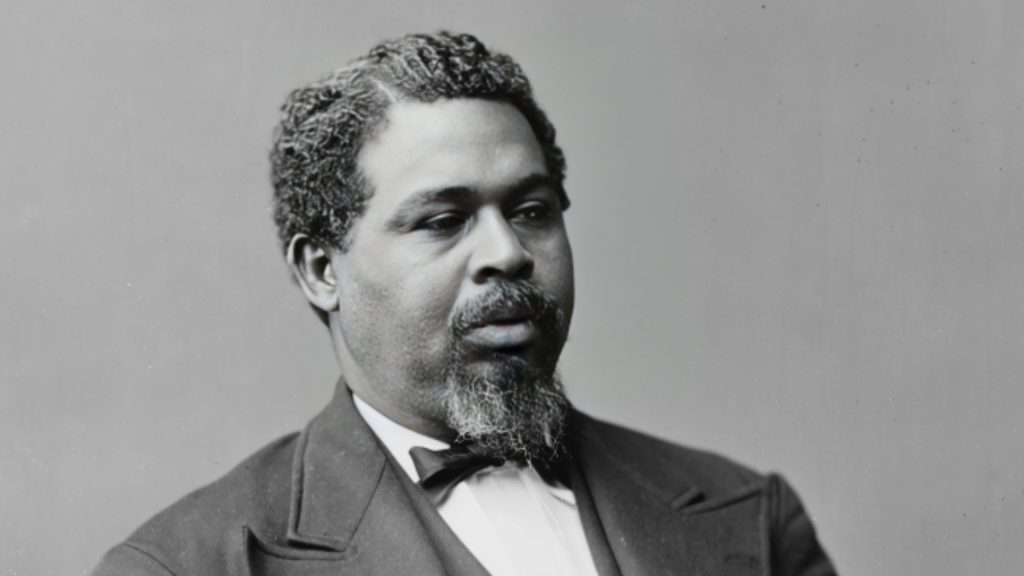
He and a few other men stole a Confederate gunship, the U.S.S. Planter, from its wharf in Charleston, South Carolina, and snuck their families on board. Smalls successfully tricked the captains of other Confederate vessels in the harbor and sailed the ship straight to the Union Navy. The Navy commandeered the Confederate vessel and all 16 escaped slaves on board made it safely to freedom.

